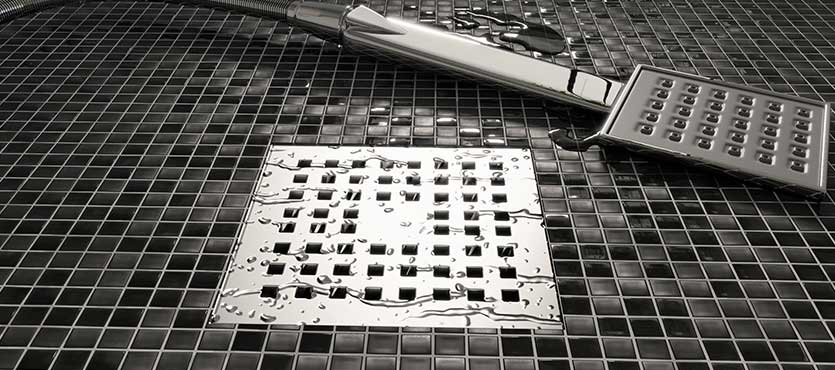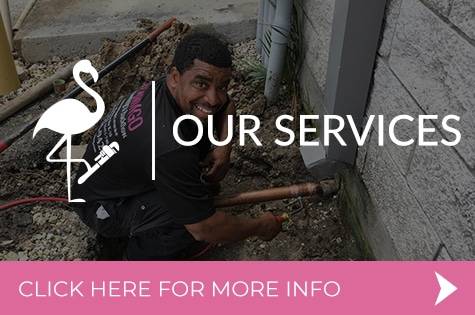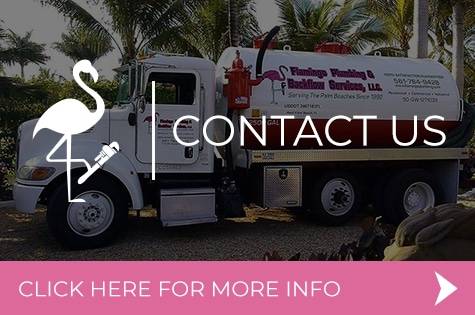There’s nothing more frustrating than standing in ankle-deep water while you shower, all because the drain is clogged. If you’re pondering over how to unclog a shower drain, you’re in the right place.
By employing a few simple techniques, you can address this common plumbing issue and restore the free flow of water. Let’s dive into some tried-and-tested methods.
Plunger Power
Often, a simple plunger can effectively clear blockages in a shower drain. Here’s how to go about it.
First, fill the shower with a small amount of water – enough to cover the plunger’s rubber cap. Then, place the plunger over the drain, ensuring it has a good seal.
Next, push down and pull up vigorously several times to create suction. After a few minutes, pull up the plunger and check if the water starts to drain.
Natural Cleaners: Baking Soda and Vinegar
If plunging doesn’t work, you might want to try a natural solution:
- Remove any water left in the shower.
- Pour a cup of baking soda down the drain.
- Follow with an equal amount of white vinegar.
- The combination will fizz and bubble, helping to break down blockages.
- Let the mixture sit for about 30 minutes.
- Rinse with hot water to see if the blockage clears.
Boiling Water: A Simple Solution
Sometimes, hot water can soften or break down the clogs, especially if they are caused by soap or grease. Simply boil a kettle full of water and pour the boiling water directly into the drain slowly, allowing it to work its way through the clog. Wait a few minutes and then check if the water starts draining.
Manual Removal: Get Your Hands Dirty
For visible obstructions, like hair clumps, sometimes manual removal is the best approach. First, remove the drain cover using a screwdriver and shine a flashlight to inspect the blockage.
Next, use a hook (you can bend a wire coat hanger) to fish out the debris. Remember to always wear gloves to protect your hands.
Chemical Drain Cleaners: Use with Caution
While effective, chemical drain cleaners should be your last resort due to their harsh nature. Try to avoid using them frequently, as they can damage your pipes.
And when you do use them, be sure to always wear gloves and eye protection first. Follow the manufacturer’s instructions precisely. After application, flush the drain with copious amounts of water.
Maintenance: Prevention Is Better Than Cure
Once you’ve successfully unclogged your shower drain, it’s wise to take steps to prevent future blockages. Install a drain cover or hair catcher to trap debris, and regularly clean the drain to remove visible obstructions. Once a month, flush the drain with boiling water or the baking soda and vinegar mixture to clear potential build-ups.
Get Professional Advice on How to Unclog a Shower Drain
While a clogged shower drain can be a nuisance, it’s often something you can handle without calling in the professionals. By knowing how to unclog a shower drain and adopting regular maintenance practices, you can ensure a seamless and efficient showering experience. However, if the blockage proves stubborn or recurs frequently, it might be time to consult a plumbing expert at Flamingo Plumbing & Backflow Services.






